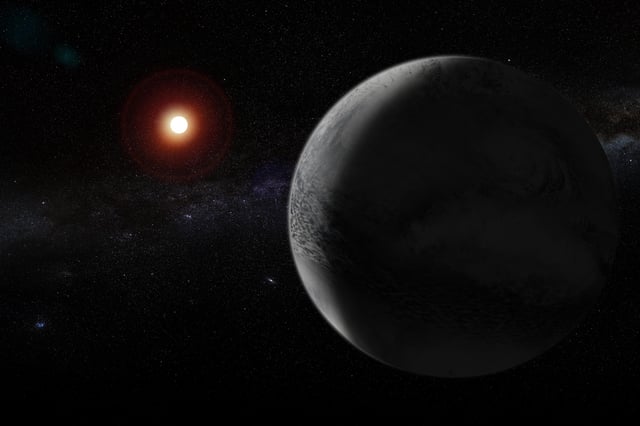Overview
- Researchers using the James Webb Space Telescope have identified dimethyl sulfide (DMS) and dimethyl disulfide (DMDS) in the atmosphere of K2-18b, gases on Earth produced only by marine microorganisms.
- The detection was made at a three-sigma confidence level (99.7%), falling short of the five-sigma standard (99.99994%) required to confirm the presence of life.
- K2-18b, located 124 light-years away, is classified as a 'hycean world,' with a hydrogen-rich atmosphere and a hypothesized global ocean that may support microbial life.
- Additional 16–24 hours of telescope observations and extensive theoretical studies are planned to rule out non-biological explanations for the detected gases.
- Experts remain cautious, noting that previous three-sigma findings on K2-18b did not hold up under scrutiny and that unknown abiotic processes could mimic the biosignature signals.



